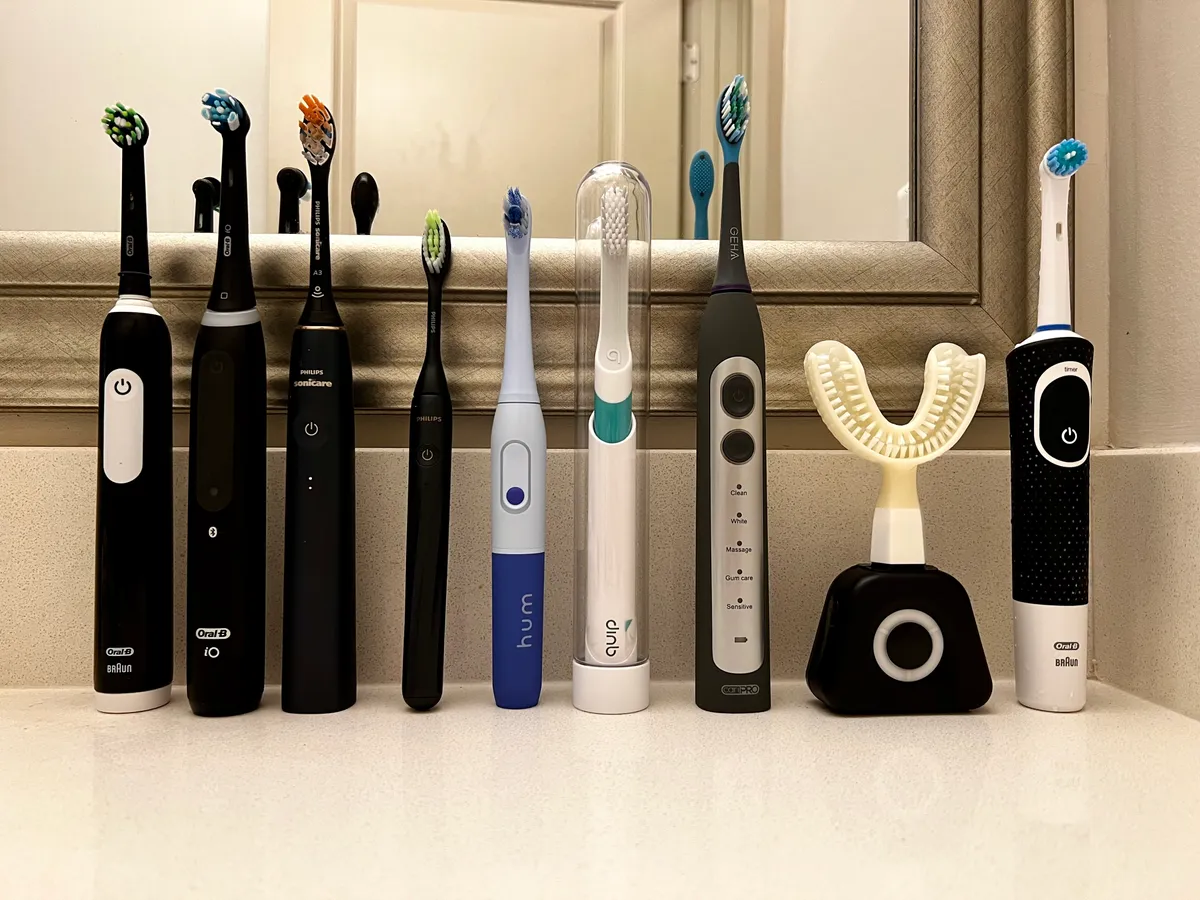
Maintaining good oral hygiene is crucial for overall health, and brushing our teeth is a vital part of that routine. While many of us use manual toothbrushes, electric toothbrushes have gained popularity due to their effectiveness and convenience. An electric toothbrush can make a noticeable difference in how well we clean our teeth and gums. In this blog, we will explore what electric toothbrushes are, how they work, their benefits, and how to choose the right one for your needs. By understanding these aspects, you can make informed decisions to improve your dental care routine.
What is an Electric Toothbrush?
An electric toothbrush is a battery-operated device designed to clean teeth more effectively than a manual toothbrush. Unlike a manual toothbrush, which requires you to move the brush back and forth, an electric toothbrush does most of the work for you. It has a rotating or vibrating head that helps remove plaque and food particles from teeth. Electric toothbrushes come in various styles, including those with oscillating heads that move side to side and sonic toothbrushes that use high-frequency vibrations. These tools are designed to enhance your brushing experience and promote better oral hygiene.
How Electric Toothbrushes Work
Electric toothbrushes utilize advanced technology to improve cleaning efficiency. Most models have a brush head that rotates, oscillates, or vibrates at high speeds. This movement effectively disrupts plaque and debris, making it easier to clean hard-to-reach areas. Many electric toothbrushes also feature built-in timers that ensure you brush for the recommended two minutes. Some models come with pressure sensors to alert you if you’re brushing too hard, which can help prevent gum damage. Additionally, many electric toothbrushes have various modes tailored to different needs, such as sensitivity, whitening, or gum care.
Benefits of Using an Electric Toothbrush
One of the primary benefits of electric toothbrushes is their superior ability to remove plaque. Studies have shown that electric toothbrushes can reduce plaque and gingivitis more effectively than manual brushes. This leads to healthier gums and a lower risk of cavities. Electric toothbrushes are also easier to use for people with limited dexterity, such as those with arthritis or disabilities. The built-in timers and pressure sensors promote proper brushing techniques, ensuring that you don’t miss any spots. Overall, making the switch to an electric toothbrush can significantly enhance your oral care routine and contribute to a healthier smile.
Choosing the Right Electric Toothbrush
When selecting an electric toothbrush, consider several factors to find the best fit for your needs. First, think about the type of bristles: soft bristles are gentler on the gums and more effective at plaque removal. Size is also important; choose a brush head that fits comfortably in your mouth. Next, look for features that may benefit you, such as timers, pressure sensors, or multiple brushing modes. For children, look for smaller, fun designs that encourage regular brushing. If you have specific dental concerns, consult your dentist for recommendations tailored to your needs. The right toothbrush can make a big difference in your dental care.
Proper Use and Maintenance
To maximize the benefits of your electric toothbrush, it’s essential to use it correctly. Start by applying a pea-sized amount of fluoride toothpaste to the brush head. Place the brush at a 45-degree angle against your gum line and turn it on. Move the brush slowly along your teeth, allowing the bristles to do the work. Be sure to brush all surfaces, including the front, back, and chewing surfaces of each tooth. After brushing, rinse the brush head under water and store it in an upright position to dry. Regularly replace the brush head every three months or sooner if the bristles become frayed. This will help maintain optimal cleaning effectiveness.
Common Myths About Electric Toothbrushes
Despite their popularity, several myths about electric toothbrushes persist. One common misconception is that they are too expensive. While there are high-end models, many affordable options provide excellent cleaning. Another myth is that electric toothbrushes are unnecessary if you brush properly with a manual toothbrush. However, research shows that electric brushes can remove more plaque and reduce gum disease more effectively. Some also believe that using an electric toothbrush means you don’t need to floss. In reality, flossing remains essential for cleaning between teeth. Understanding these myths can help you make informed decisions about your oral care routine.
Conclusion
Switching to an electric toothbrush can offer numerous benefits for your oral health. With superior plaque removal, ease of use, and features that encourage proper brushing techniques, electric toothbrushes can help you achieve a healthier smile. Consider the factors that are important to you when choosing the right model, and remember to maintain your brush for optimal performance. By investing in your dental care, you can enjoy better oral hygiene and overall health.

